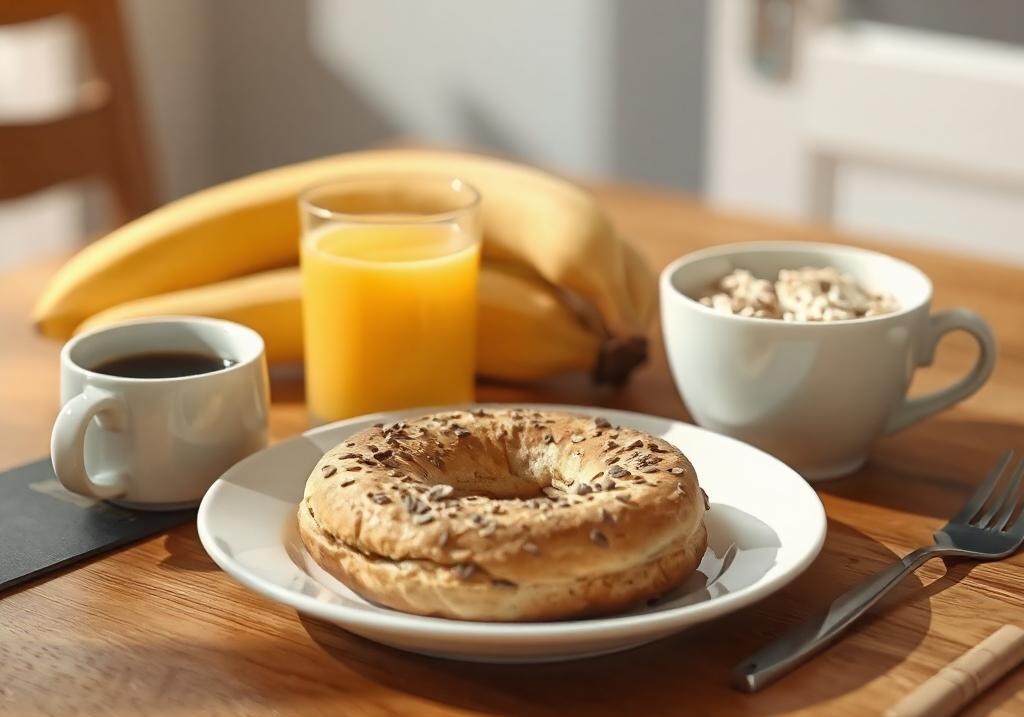What Is A Fartlek Run?

Fartlek runs are on a lot of training plans, and are especially important for Kenyan runners. But what are Fartlek runs, why might they benefit you, and how can you add them into your training?
In this guide to Fartlek runs we’ll cover:
What Is A Fartlek Run?
What Does Fartlek Mean?
Why Should I Do Fartlek Runs?
How Fast Should I Run A Fartlek Workout?
What Is The Kenyan Fartlek?
What Are Good Fartlek Workouts?
What Is A Fartlek Run?
Fartlek runs involve alternating between periods of faster running with similar periods of slower running.
The key feature of a Fartlek run is that it is a continuous effort. In an interval workout you might jog, walk or even fully rest between reps, but in a Fartlek run you never stop running, you only speed up and slow down.
Fartlek runs can be structured or unstructured. A structured Fartlek run would be something like two minutes fast, one minute slow for 30 minutes, while an unstructured Fartlek might use landmarks to change the speed. That could be changing speed every three blocks or streets, alternating fast and slow with each new song which comes on your playlist, using street lights or trees as markers, or trying to run hard up every hill on a trail run.
What Does Fartlek Mean?
The name comes from the Swedish for ‘speed play’ and is the idea that when you run, you play with increasing and decreasing your speed.
The term was coined in the late 1930s by Swedish Olympian Gösta Holmér, who was training cross-country runners. It was developed as a way of trying to combine long steady runs with hard intervals as a continuous workout.
Why Should I Do Fartlek Runs?
- Fartleks are a great way to introduce faster running into a training plan, especially in the first few weeks
- As Fartlek runs combine speed and endurance in one run they can be very effective at improving your fitness, especially for longer races
- They let you add in shorter bursts of faster running without specifically focusing on trying to hit certain paces like you would in an interval or threshold workout
- Fartlek runs can be a good way to make your body more efficient at dealing with lactate. When you speed up you will increase the lactate in your muscles, and then slowing down can clear it
- Fartlek runs help faster runners to manage surges in races, meaning they’re able to handle times when a pack speeds up or slows down
How Fast Should I Run A Fartlek Workout?
The beauty of Fartlek runs is that they are adaptive to your training and goals, but the fast sections are not sprints and you should never run the faster sections so hard that you need to stop and walk.
A good way to pace it to begin with is to alternate between your easy pace and something quicker but controlled, like your marathon or half marathon pace.
If you want a more challenging tempo fartlek workout, then alternate between marathon pace as the ‘slow’ rep and 10km pace as the faster rep. It’s a great way to try to ‘recover’ while still maintaining a faster pace.
What Is The Kenyan Fartlek?
Fartlek is a weekly workout for many Kenyan runners. It’s something that is run most Thursdays and alternates between one, two or three minutes of faster running with one minute of steady running (known as 1/1, 2/1 or 3/1), occasionally with longer reps (like 5/2). They might do 10-20 reps, so it’s a serious workout. It’s usually run over rolling, hilly off-road terrain.
More experienced runners may do long Fartleks, where instead of three minutes on, one off, it could be 3km on and 1km off, with the ‘off’ rep still held at a fast pace.
For Kenyans, it’s an effort-based run, and not something done to try and hit certain splits.
What Are Good Fartlek Workouts?
Here are some good examples of Fartlek workouts to try. Do 10 minutes of easy running before starting on the faster reps. When we say repeat X times, that means both the on and off rep (so if it’s three on, one off, that’s a four minute total rep).
1&4
A good beginner Fartlek run to try out. Run one minute hard and four minutes easy. Repeat 6-10 times.
2&2
Two minutes hard and two minutes easy. Repeat 8-12 times.
3&1
In the Kenyan style. Run three minutes hard, one minute easy. Repeat 8-15 times.
Fartlek Pyramid
Run 1-2-3-4-5-4-3-2-1 minutes faster, with one minute slower in between each. This is a good workout for 10km or half marathon training, where you can run the faster rep at goal race pace.
Three blocks/streets
A less structured Fartlek run, simply run fast for three blocks or streets, then run slower for three. Keep on going until you’ve run your desired distance or time.
***
Do you do Fartlek runs in your training? Do you have a favourite Fartlek workout?



























Running News
Ingebrigtsen Stars at World Athletics Indoor Championships 2025 – Plus All The Winners!
Sam Ruthe Is First 15-Year-Old To Run A Four-Minute Mile!
Eliud Kipchoge Will Run The 2025 Sydney Marathon!